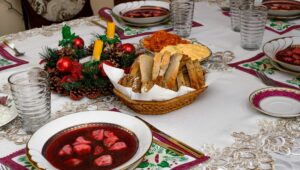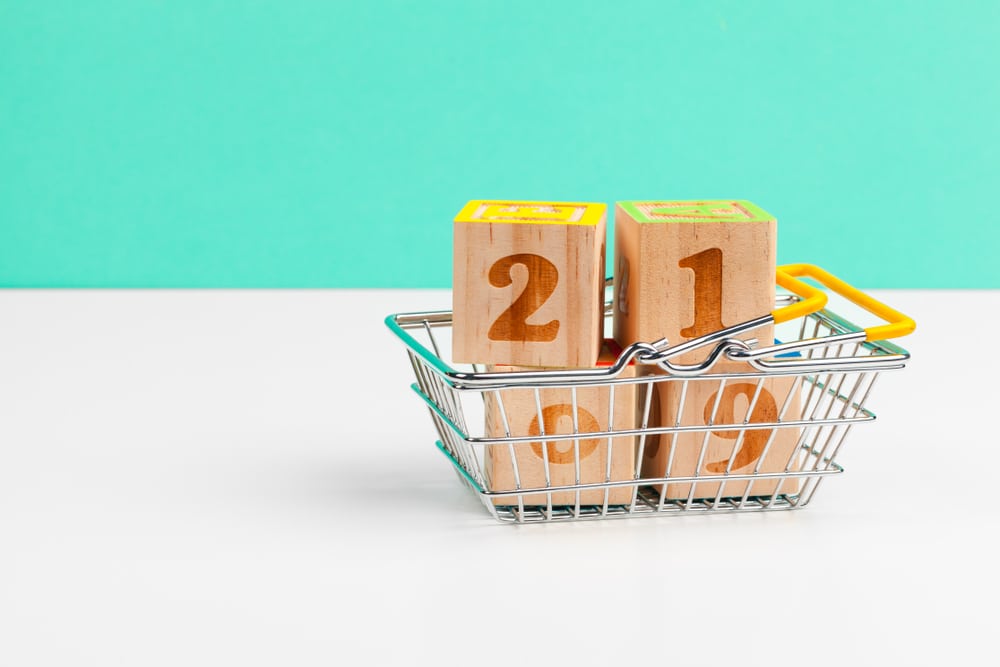Consumer trends for 2019 will center on an improved customer shopping experience. For brands, a significant marketing focus will be on experiential retail, where digital and physical sales routes are combined for a comprehensive experience. Mobile marketing will become more prevalent as brands seek out ways to connect with consumers on the path to purchase.
As the oldest members of Generation Z come of age, brands must position themselves to reach this large consumer group. Connecting with these consumers requires a strategy that pairs the latest technology with social media and other digital channels. Brands must go beyond simply selling products by instead selling consumer experiences that drive loyalty.
The Rise of Commerce Everywhere
The “e” in e-Commerce used to refer to electronic channels, but now that “e” stands for “everywhere.” Digital shopping options have turned the world into a virtual shopping aisle where consumers can buy anything at any time. We’ve seen this drive several changes along the path to purchase and in brand marketing.
- Globalization: Digital channels allow brands to enter markets that were previously out of reach. Countries with high populations like China and India are significant areas of opportunity for brands across the board. As internet access in these countries increases, so too will sales.
- Third-party mobile apps: Brands have a wide variety of third-party apps at their disposal to both market and sell products. Apps like Shopkick can help these brands direct consumers to products in the store while social media apps provide new avenues for consumers to make purchases. Third-party shopping apps are growing in popularity and helping retailers reach consumer pools they couldn’t reach with proprietary apps.
- Omnichannel shopping: Today, consumers can use mobile apps to seek out products, find them in the nearest location, make purchases, and have their purchase brought right out to their car or delivered to their home within the same day. This multi-channel experience can also work in reverse. Consumers could, for example, take a photo of a pair of shoes they saw someone wearing on the street, and then use that photo to find where to purchase the shoes online. In either case, consumers are no longer limited to one method along their purchase path. Instead, they’re likely to use multiple brick-and-mortar and online modes for product discovery and purchase.
- Location-based marketing: Smartphones offer a way to connect with traveling consumers, which makes mobile a prevalent method for marketing based on the consumer’s specific location. Location-based marketing options like GPS, beacons, and other technologies offer brands a way to locate consumers when they’re near their products and send timely messages. While this technology is about a decade old, it’s set to expand in the years to come.
As consumers often use multiple channels when making purchase decisions, brands must prepare to deliver. Expanding mobile marketing efforts is critical for reaching traveling consumers. However, it’s not just a matter of where brands present products to consumers to drive sales in 2019. Brands must also consider how their company as a whole is presented.
New Consumers Drive the Need for Reputation Management
The generation coming of age right now, Generation Z, makes up nearly 25% of the population. Born between 1997 and the early 2000s, this is the first generation to grow up after the birth of the world wide web. As such, they’re typically considered tech-savvy and digitally connected. However, this doesn’t mean these consumers have isolated themselves from society. The internet is merely another social channel which enhances their everyday life and allows them to get behind causes which matter to them. Sustainability is one such cause which concerns younger consumers. They worry about the carbon footprint they create and prefer not to work with companies who aren’t as conscientious.
 Keith Weed, chief marketing and communications officer at Unilever, leveraged this when he pushed his brand to adopt sustainability practices throughout their supply chain. Weed believed that it was possible to grow sales without causing environmental damage and sought to prove it with the Unilever Sustainable Living Plan. Through the plan, Weed was able to shift 60% of supplier relationships to be more sustainable. He also expanded efforts to drive diversity in the workforce and help people in underdeveloped nations access healthcare, food, and clean water. These efforts made Unilever a highly respected company.
Keith Weed, chief marketing and communications officer at Unilever, leveraged this when he pushed his brand to adopt sustainability practices throughout their supply chain. Weed believed that it was possible to grow sales without causing environmental damage and sought to prove it with the Unilever Sustainable Living Plan. Through the plan, Weed was able to shift 60% of supplier relationships to be more sustainable. He also expanded efforts to drive diversity in the workforce and help people in underdeveloped nations access healthcare, food, and clean water. These efforts made Unilever a highly respected company.
This kind of corporate responsibility is what today’s consumers are looking for when they seek out products in the store. Now, more than ever, a brand’s reputation is impacting shopper behavior. For brands like Unilever that adopt favorable global citizenship policies, this is a way to reach consumers by marketing more than a product. It’s about selling a positive relationship. In the past, brands that made such efforts weren’t as easily able to share their message and get consumer support. However, through the internet, brands share their initiatives and garner the interest of consumers worldwide.
Consumer trends in 2019 will take shoppers out of single-channel shopping experiences and tie the physical and digital worlds closer together.
Consumer trends in 2019 will take shoppers out of single-channel shopping experiences and tie the physical and digital worlds closer together. The reputation of a brand will play a much more significant role in purchase decisions as younger consumers come of age, making online reputation management critical. Brands must be prepared to deliver experiences to consumers, rather than just products, to improve sales as behavior patterns shift in the shopping aisle.
Shopkick offers our partners the opportunity to expand their mobile presence and travel with consumers using our intuitive app. For more information on how our app can boost sales in 2019, contact us.
Image courtesy of NewFabrika





